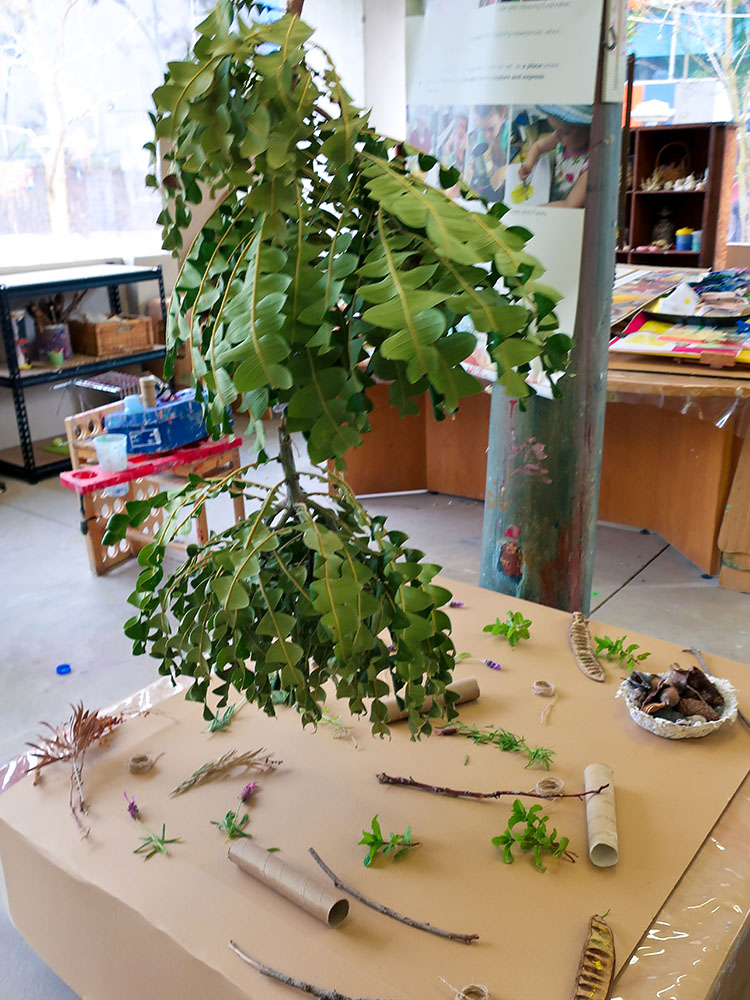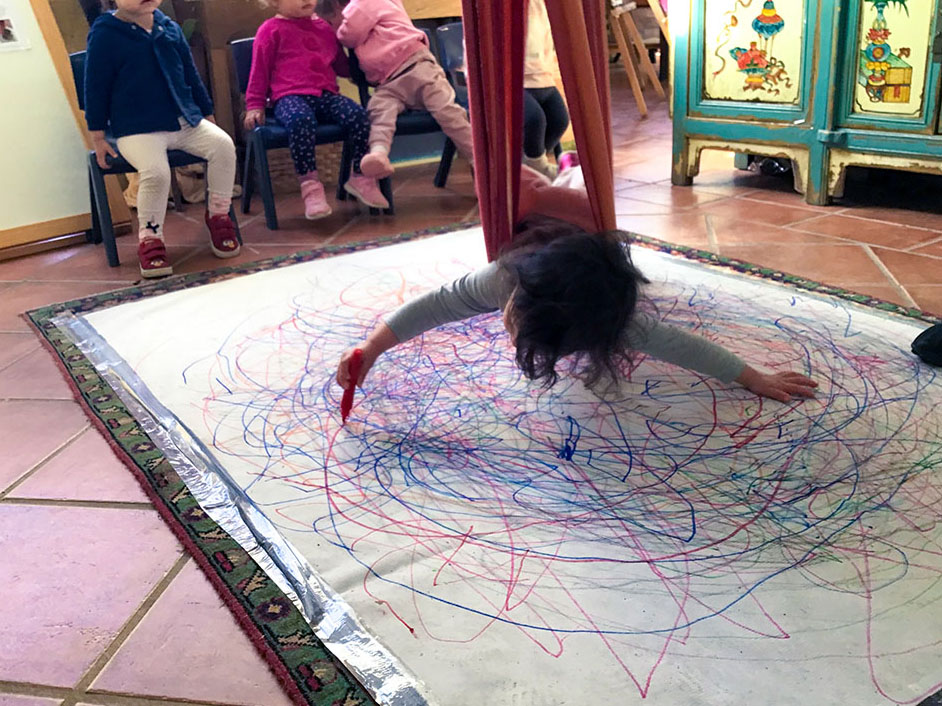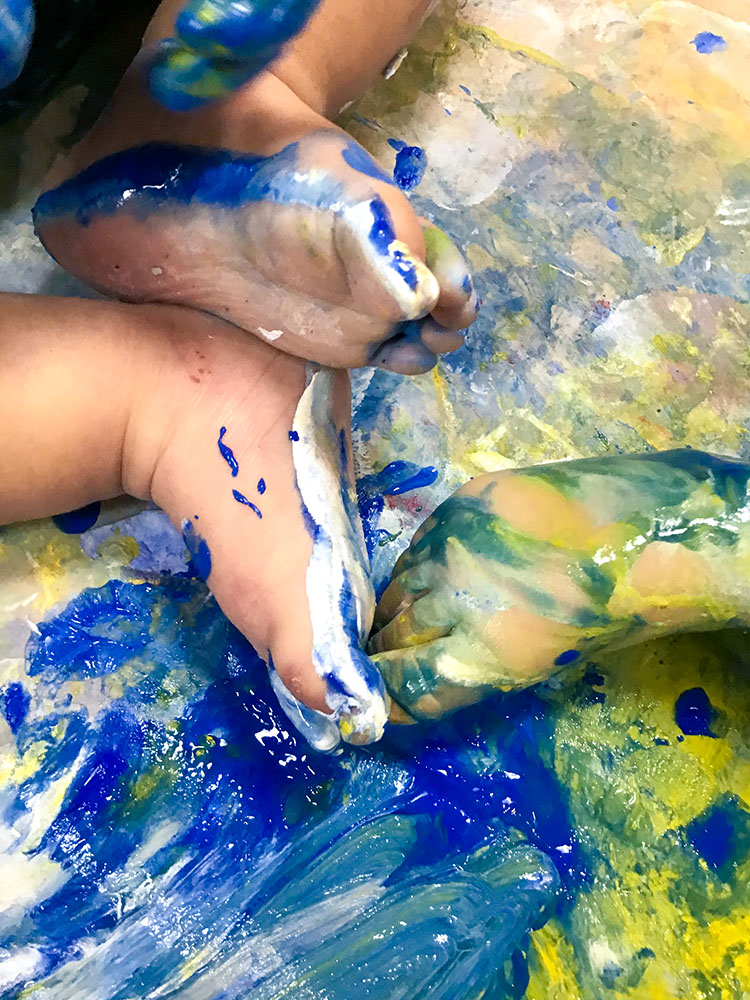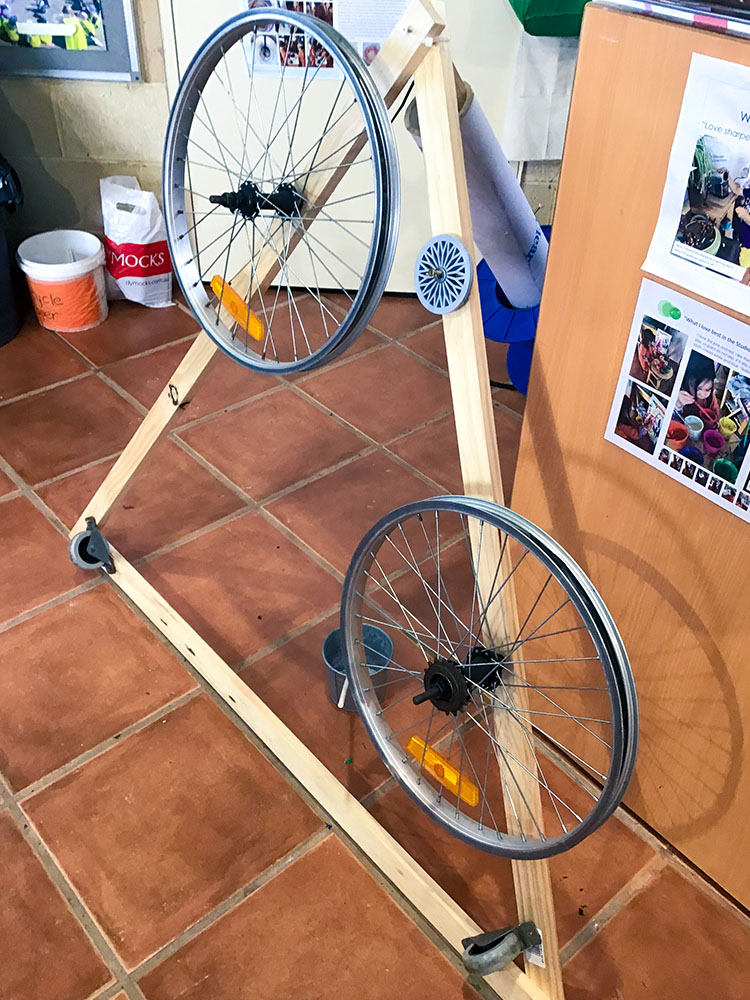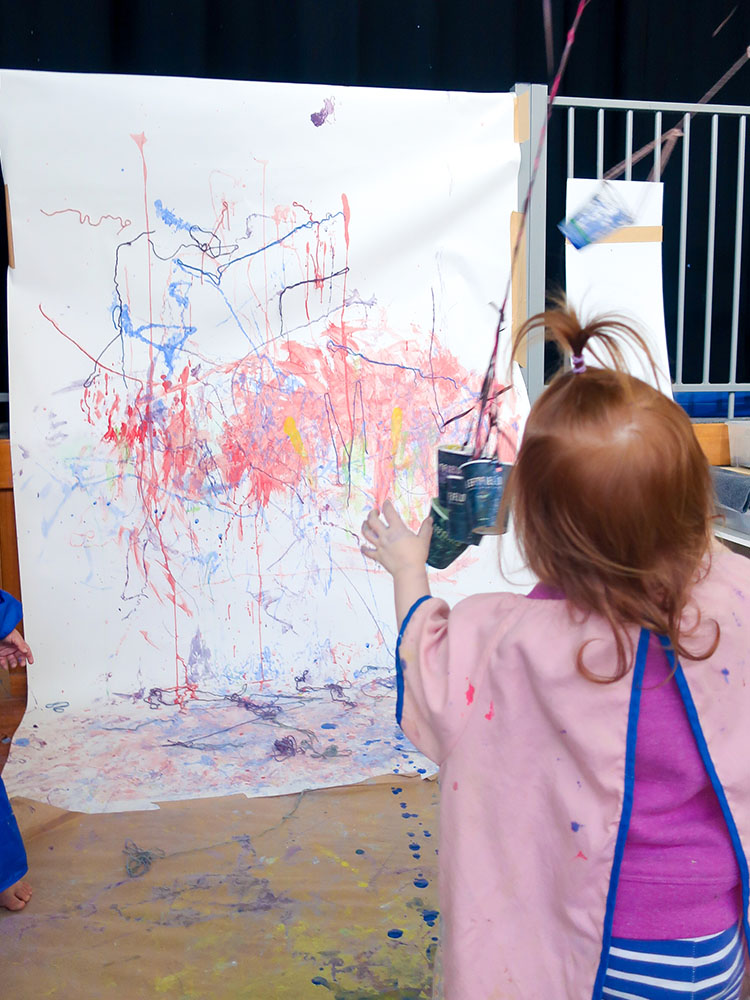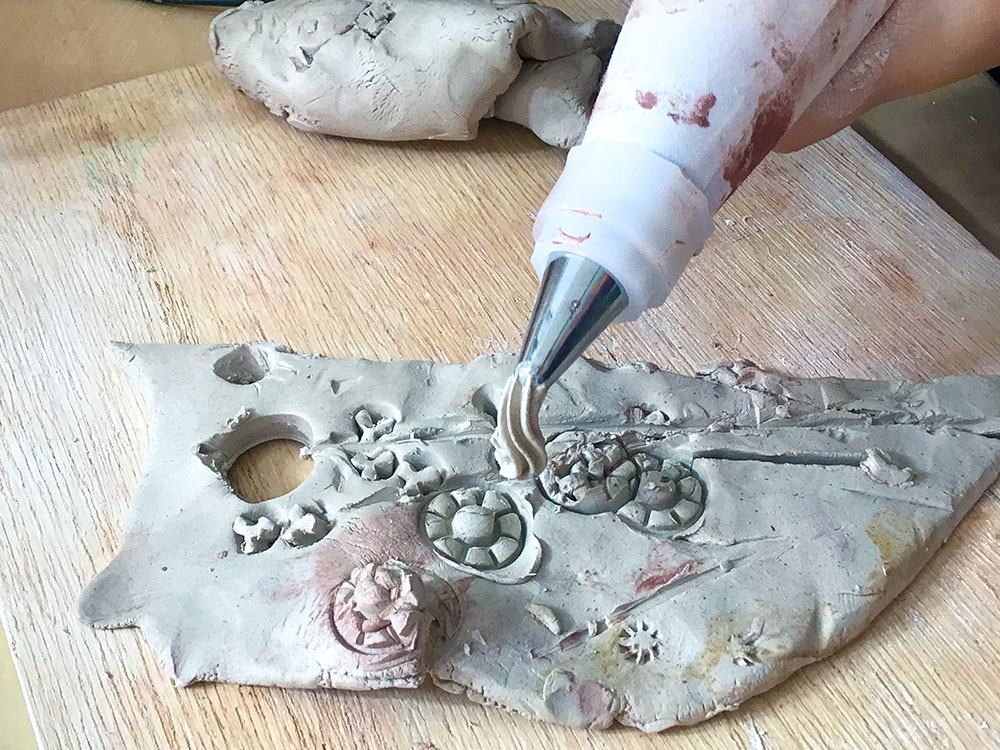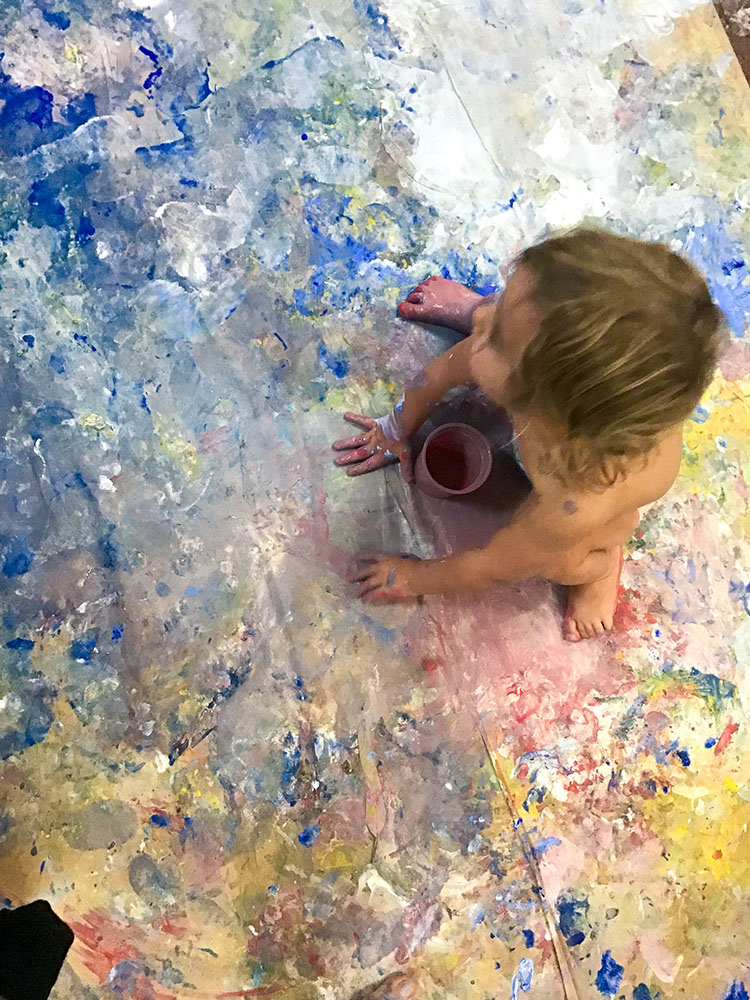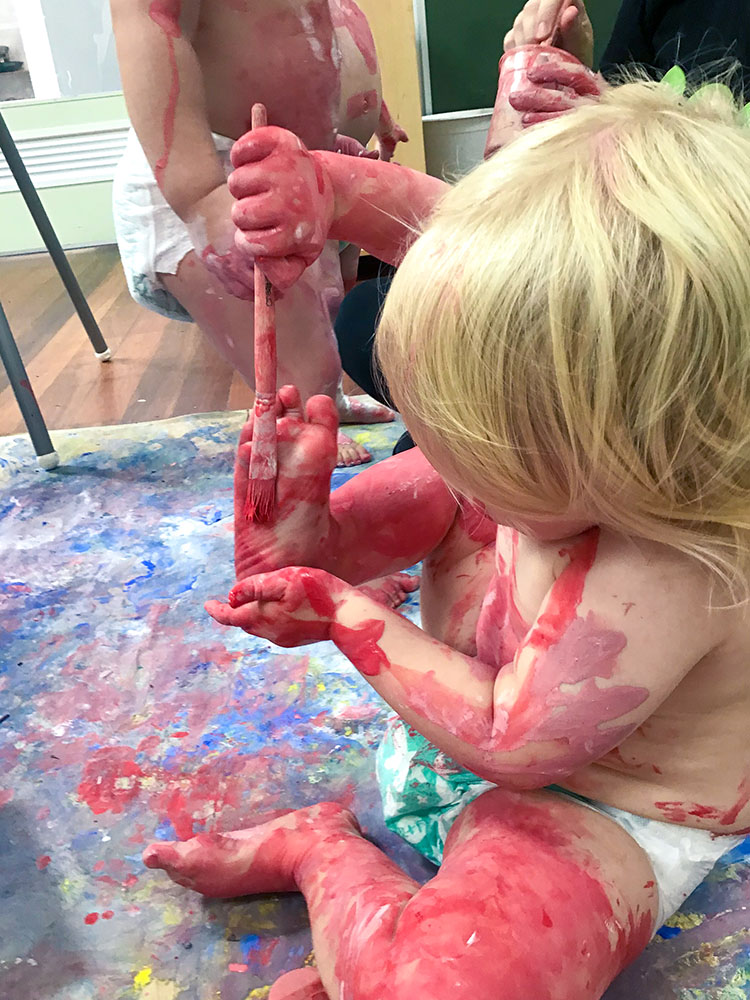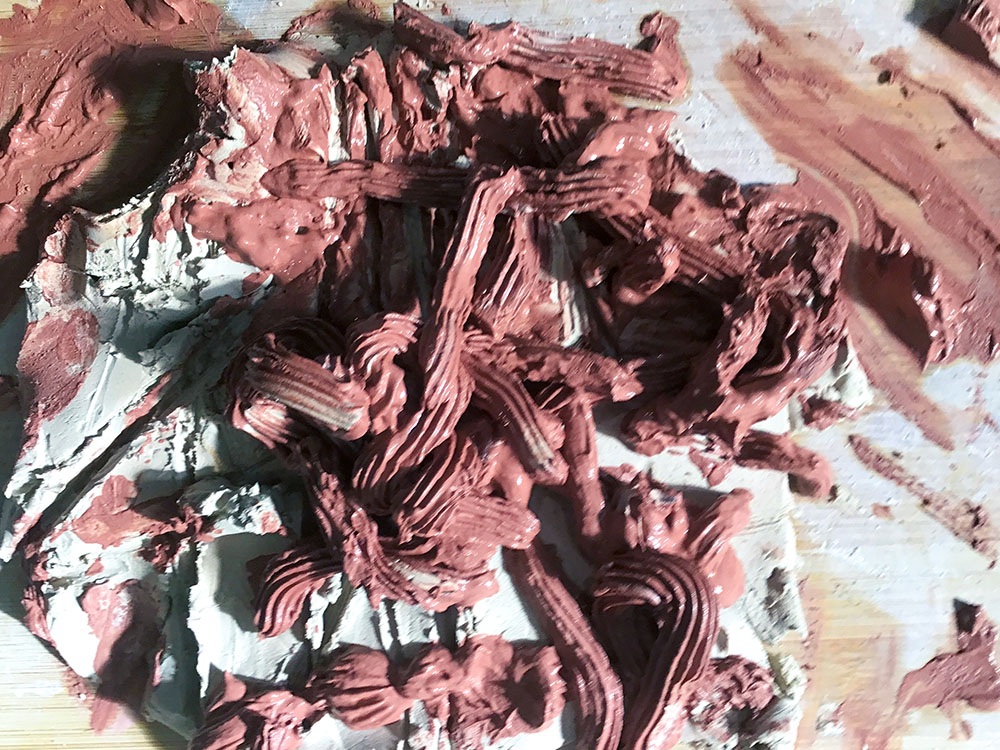Every year, SOEL’s pedagogy and training team, in collaboration with educators, choose a Big Idea to research as part of the children’s long-term investigations. An idea is ‘big’ if it helps us make sense of lots of confusing experiences and seemingly isolated facts. If an idea is ‘big’ it helps us make sense of things. Big ideas are thus a way of seeing better and working smarter, not just a vague notion or another piece of Knowledge. It is more like a lens for looking than another object seen.
Long-term investigations take place over the whole year. During the development and journey of those investigations, educators from different SOEL centres meet to discuss their findings. They discuss their results, their challenges, inspire each other, and share ideas to continue unpacking the research’s big ideas.
During this process, the children and educators learn, unlearn and relearn together. As educators believe and act as co-researchers with children, they advance our inclusion and reconciliation journey as a school.










The Importance of Movement
In 2019 the children and educators from the toddler rooms explored the idea of “Children transforming with music.”
In 2021 our research focused on the concept of “Movement as the toddler’s new way of being and understanding their world”. These investigations focused on big body movement and the exploration of play schemas.
Movement is what toddlers do and are exploring as part of their newly acquired gross motor skills. They are still learning how to inhabit their own body, “how to maneuver themselves physically, how to orient themselves in space.” (i) They are no longer babies that need to be carried or taken from A to B; now they can do this themselves! It’s an exciting stage, but it can also be challenging as the toddlers learn, test, master, and discover new skills.
SOEL Pedagogy Team, in partnership with the toddler educators, chose the Pedagogical lens of Movement for 2021. Consequently, this allowed adults to embrace the toddler’s Movement and see it as their new way of being and understanding the world. The following are the findings of this research:
Concepts, Dispositions and Skills that Supported this Research:
Concepts:
- Form: What might this be?
- Function: What might we do with this? What might this be for? How does this work?
- Cause: What might be the consequences of our actions?
- Change: How might things change?
- Perspective: How might we look at things in different ways (and it might be the same thing)?
Dispositions:
- Curiosity
- Playfulness
- Creativity
Skills:
- Body Language
- Self-Help
- Problem-Solving
- Fitness
- Fine Motor
- Gross Motor
- Self-Regulation
- Exploring
- Experimenting
- Trialling






Moving through Spaces
Spaces became an essential factor in this research. Educators found themselves slowing down children’s movements in smaller environments. On the other hand, cooperation happened more organically in larger areas where children’s actions could be more vigorous. Furthermore, removing chairs from some of the children’s investigations allowed them to sustain attention for extended periods. It also provided agency as the children worked on more extensive open spaces without tables restricting movement and play.
The movement to investigate lens helped some educators see transitions in a different light. Children expressed delight in navigating spaces and often did it in quirky and interesting ways! Educators then planned alternative ways (from walking) to move from one area to another. These same ideas helped plan and facilitate music experiences (rolling rather than jumping).








Movement in Smaller Spaces
“Movement” began slowly and carefully for those children just mastering walking. Accordingly, movements became faster as the children’s confidence grew.
Trolleys and hammocks enabled children to move differently (gaining perspective) and create different marks with art mediums. In addition, various provocations made the children consider movement differently. To experiment with movement, large sculptural spaces with many open-ended resources (boxes, pendulums, rolls, spinning disks, bottles, eye droppers) encouraged curiosity and playfulness. For example, the children initiated and created games with one another.
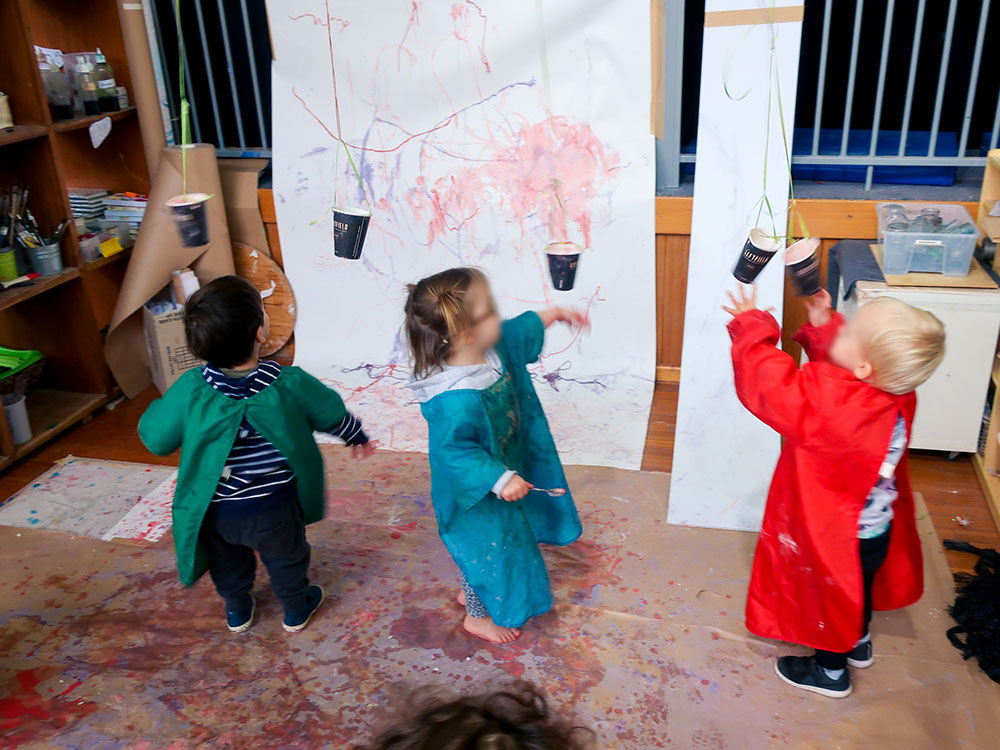

Movement in Larger Spaces
Larger spaces that fostered movement caused children and educators laughter, giggles, and humour. The nature of this investigation called for large scale collaborative works leading to a growth in children’s confidence. In addition, this Freedom of Movement allowed for individual methods of exploration.
Some of the art mediums used in these large-scale explorations were
- Powder Paint
- Paper
- Water
- Clay
- Dyes
- Charcoal
- San
- Oil pastels
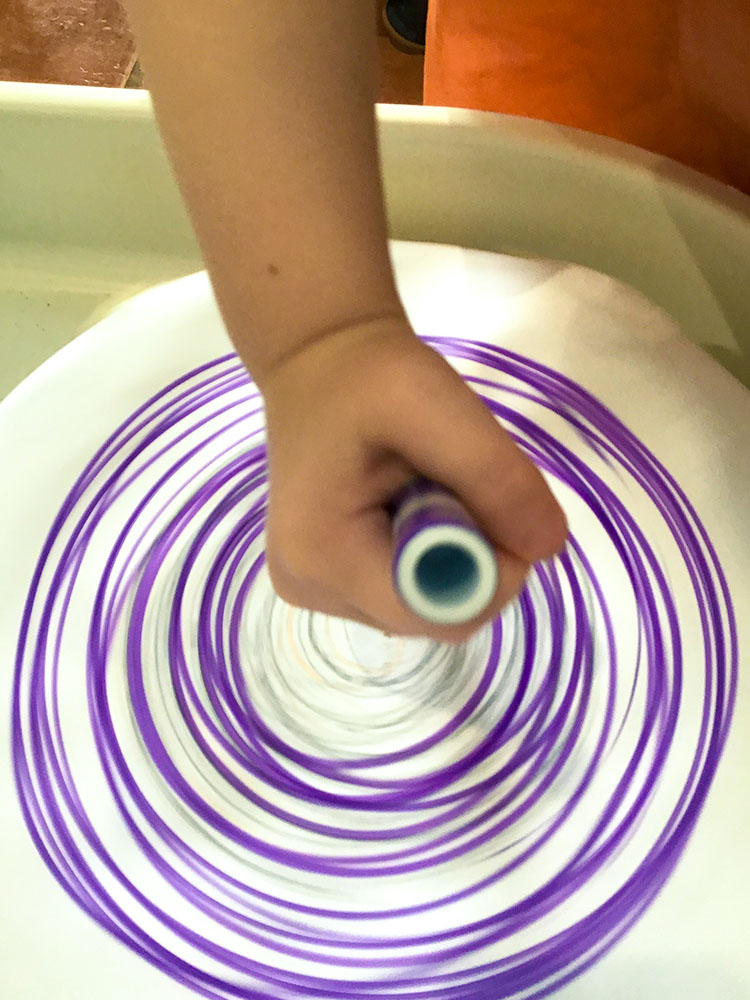

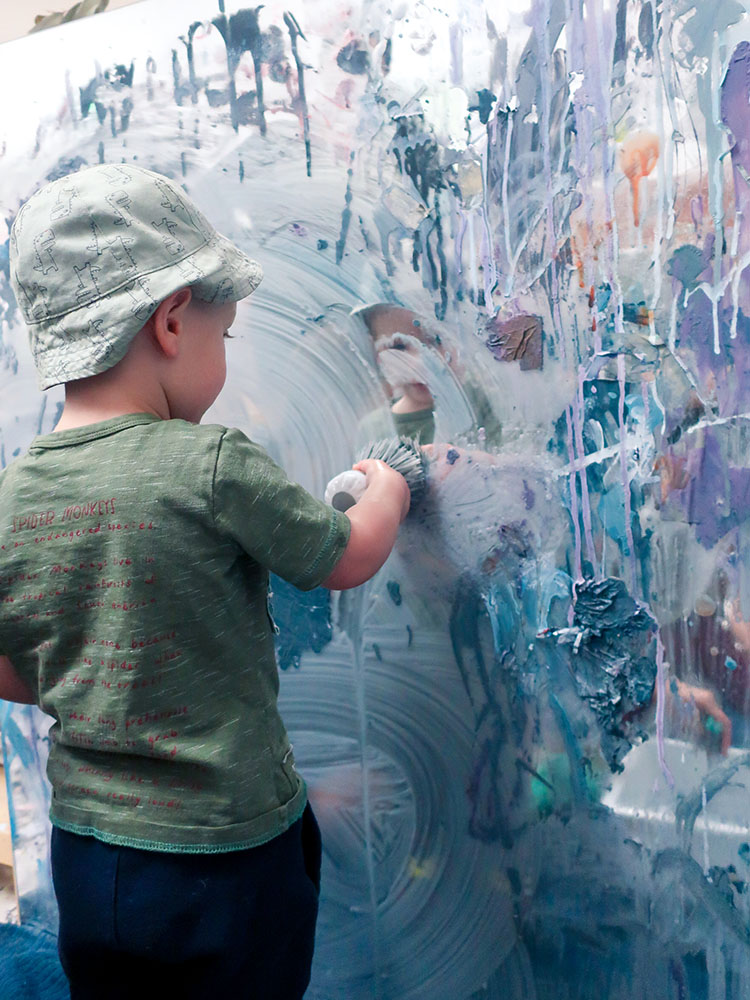

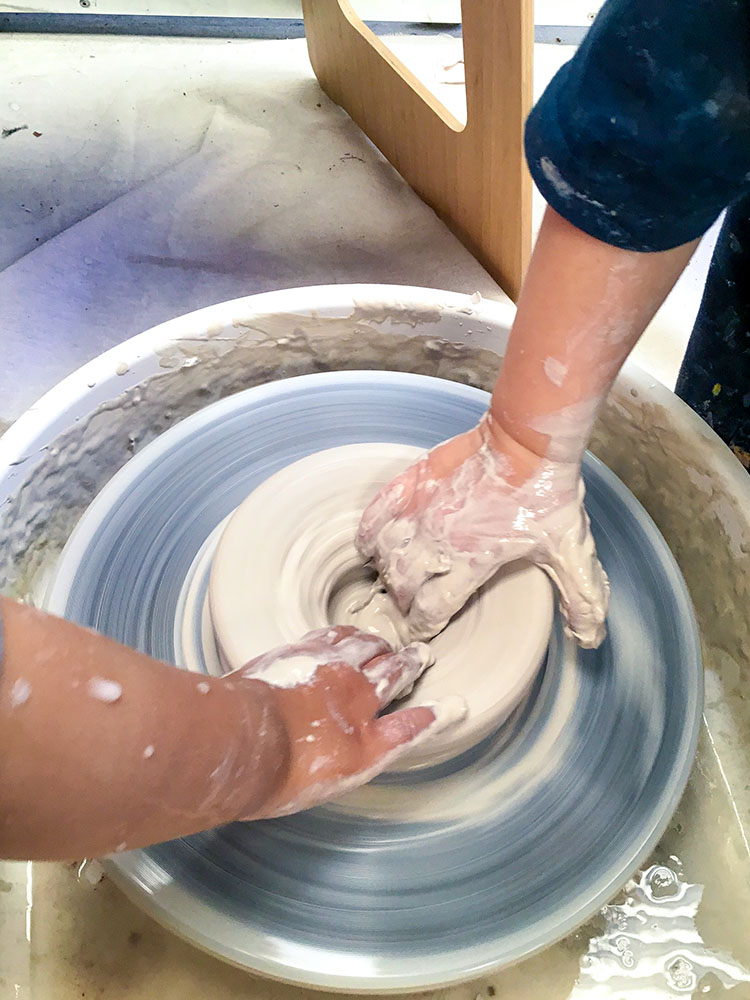

Educators could observe children becoming more attuned with their bodies during these immersive movement explorations. The children became more mindful as they connected with the texture of the paint and how it felt on their skin. Paying, in return, close attention to the form, shape, and length of their bodies. When children’s movement increased during these large-scale works, the marks and layers on the provided floor/paper or canvas did too.
Furthermore, when children transferred mediums from one container to another and from one space to another, they observed how their movement changed and affected resources and areas.
Some of the children’s self-help skills progressed during these movement encounters. For example, opportunities to pour and transfer allowed the toddlers to pour water into a cup (in the dining room and their room), wipe their faces and easily place belongings away.
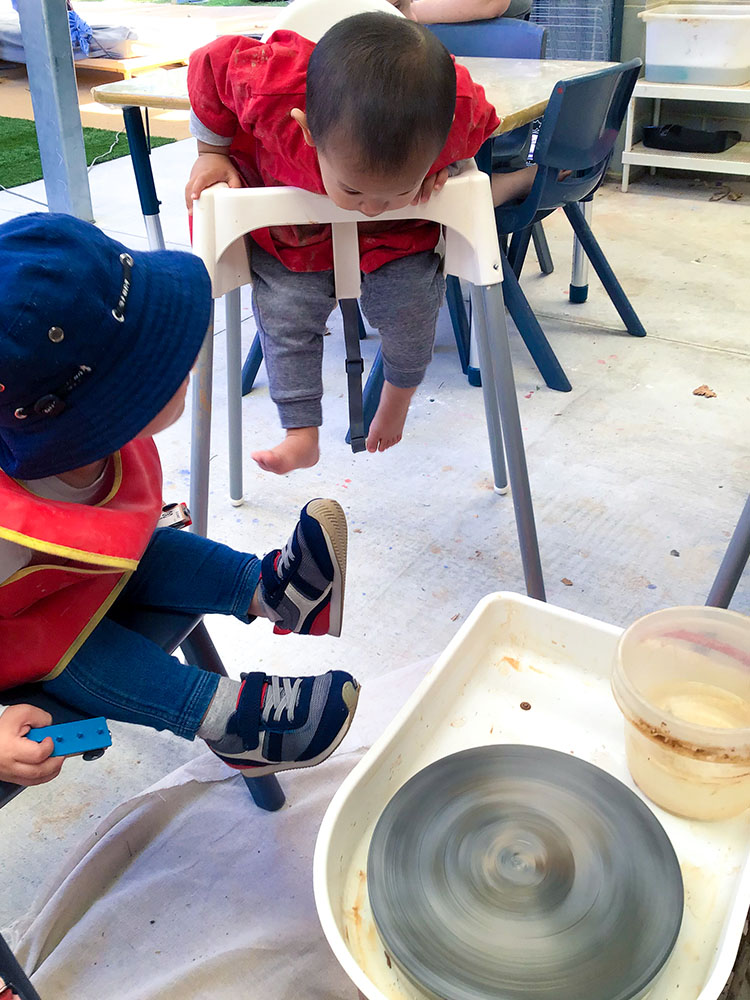

Community Connection
The movement of toddlers and the explorations that supported them gave the educators a greater insight into the toddler’s community. By slowing down and observing the children, educators noticed that the motivation for some of these movements was to connect and acknowledge others in their spaces. Connect with ‘others’ such as visitors in their schools, older or younger children, siblings, peers, educators and families walking by.
The play schemas of “transporting, trajectory, enclosing and enveloping” helped educators unpack and interpret the toddler’s movement explorations.
For more information on how to identify and support children’s play schemas, visit these resources:










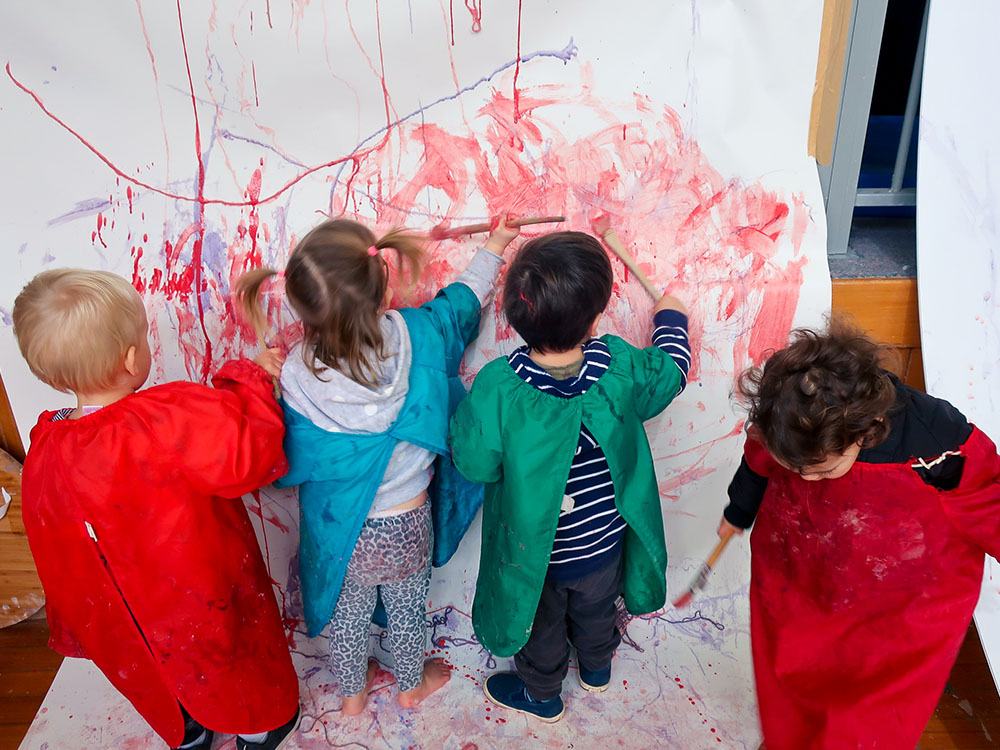

What to Expect in 2022
In 2022, the educators and children in the toddler rooms will be researching a new big idea and line of inquiry:
“Becoming through sound, music and dance”
We will explore it by connecting through the Six Noongar Seasons, unpacking what Dance is and means for toddlers, and researching the many materials and their voices.
Through Storypark, documentation around your centre and conversations with your child, you will start witnessing how this research evolves throughout the year.
We invite you to join us in this year’s journey of connecting and learning through the power of sound, music and Dance!
References
(i) Lara N. Dotson-Renta (2016) Why Young Kids Learn Through Movement. The Atlantic. https://www.theatlantic.com/education/archive/2016/05/why-young-kids-learn-through-movement/483408/
(ii) Alexis Ralphs (2022) A Guide to schema play in toddlers. One Hundred Toys. https://www.onehundredtoys.com/blogs/news/understanding-schema-play-in-toddlers
(iii) Amie (2020) What are Play Schemas and why do they matter? Growing Kind. https://growingkind.com.au/what-are-play-schemas-and-why-do-they-matter/
(iv) Clare Caro (2012) Schemas in Children’s Play. Nature Play. http://www.nature-play.co.uk/blog/schemas-in-childrens-play
Related Blog Posts
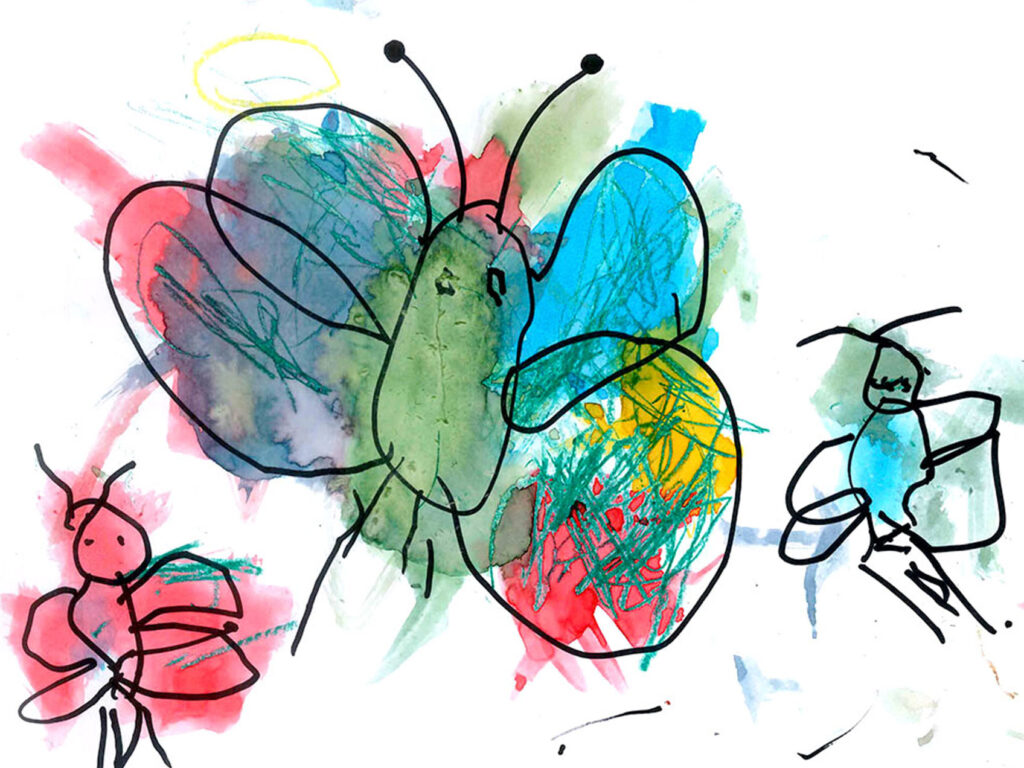

The Anti Bias Approach for 2022
The Pedagogy and Training team discusses the approach to research SOEL will take in 2022 where we will be exploring social justice.
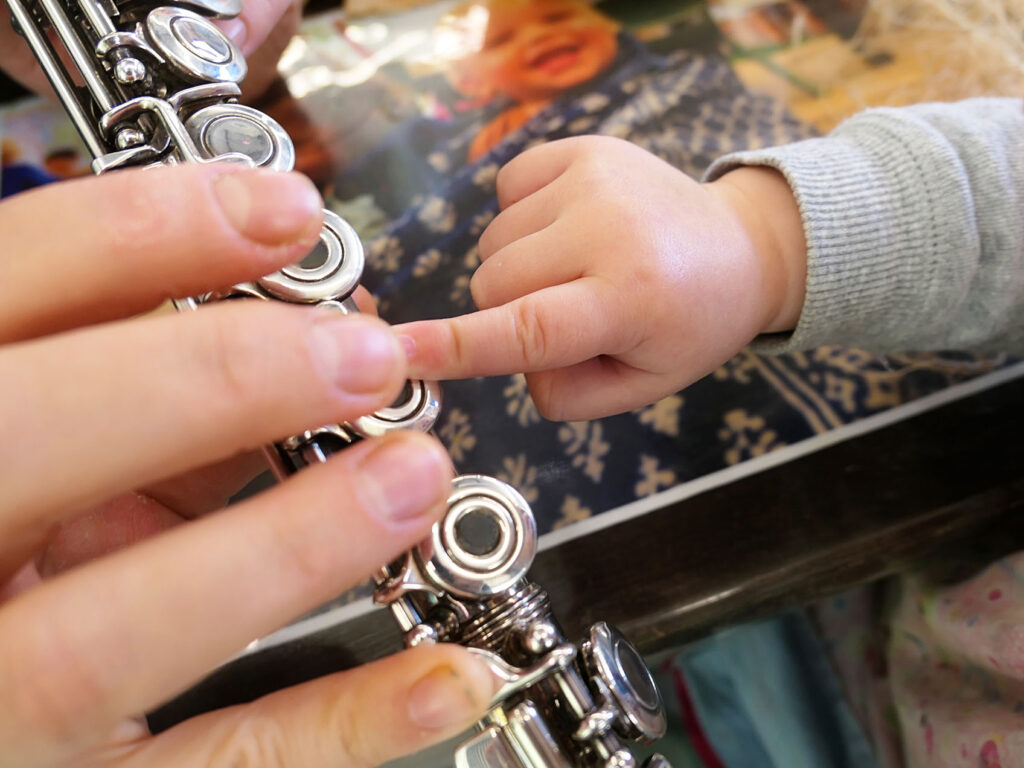

SOEL Toddler Music Research 2019
SOEL educators from sister centres in Studio and Toddler rooms came together to research how music and sounds transform toddlers and the world they live in.
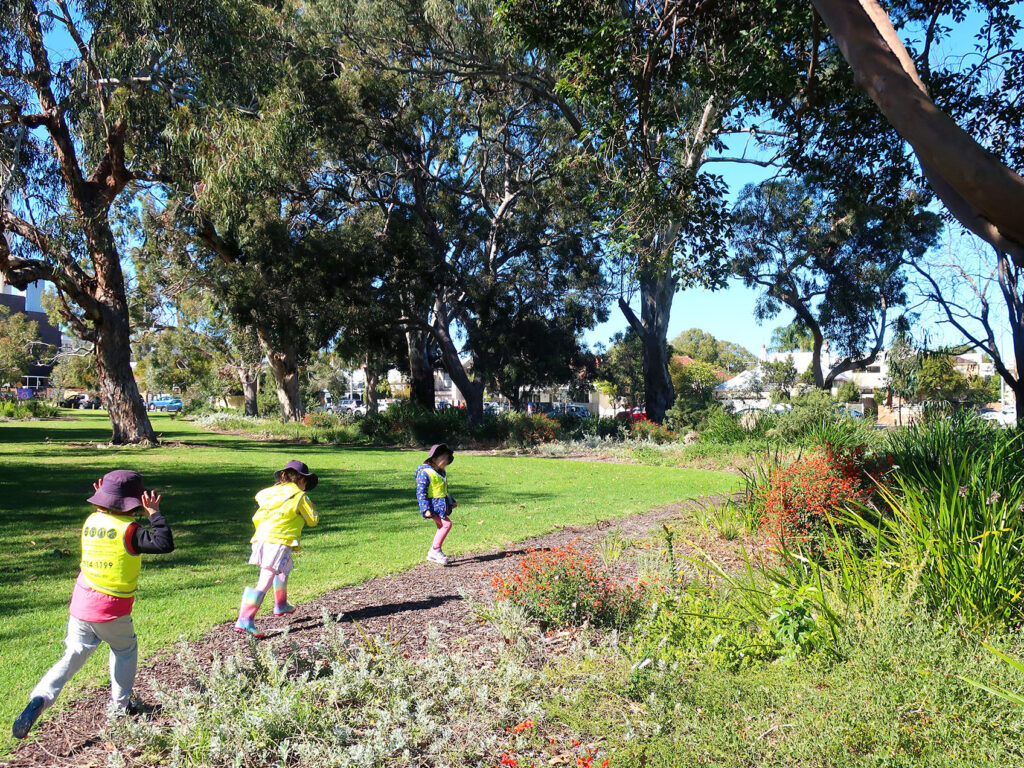

Building Relationships through Stories: Studio and Kindy Research 2021
Read about our 2021 long-term research question and how the Kindy programmes have engaged with many ways of telling a story.

